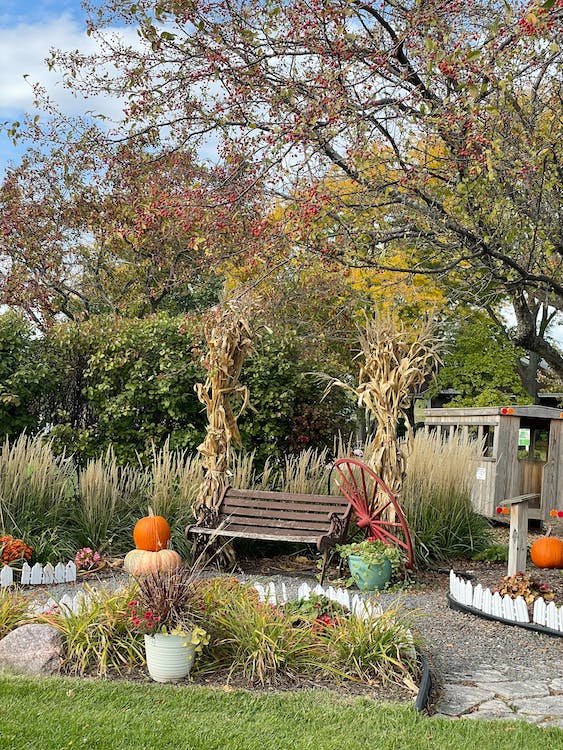Permaculture Food Forest
A Quick Introduction To The Permaculture Approach To Creating A Food Forest
What is a Permaculture Food Forest?
Permaculture is a sustainable approach to agriculture and land use that focuses on creating self-sufficient and self-sustaining systems. A Permaculture Food Forest is an agroforestry system that incorporates the principles of permaculture to create a diverse and sustainable food production system.
The main idea behind a Permaculture Food Forest is to mimic the structure and function of a natural forest ecosystem. This is achieved by planting a mixture of trees, shrubs, and herbaceous plants that interact in a mutually beneficial way. The different plant species are chosen based on their ability to provide a range of ecosystem services, such as improving soil health, conserving water, and providing habitat for wildlife.
In a Permaculture Food Forest, the trees play a central role in providing structure and support for the rest of the system. The understory is made up of shrubs and herbaceous plants that provide additional food and habitat, as well as helping to conserve moisture in the soil. The forest floor is covered with a layer of mulch, which helps to retain moisture and reduce evaporation, while also providing a habitat for beneficial insects and other wildlife.
One of the key principles of Permaculture is to create closed-loop systems where waste is transformed into a valuable resource. In a Permaculture Food Forest, this is achieved through the use of composting and other organic matter to improve soil health. This not only helps to retain moisture in the soil, but also provides the plants with essential nutrients.
In addition to the ecological benefits, a Permaculture Food Forest also provides a sustainable source of food and income for farmers. By growing a diverse range of crops, farmers can reduce their dependence on a single crop and minimize the risk of crop failure due to disease or other factors.

The food produced in a Permaculture Food Forest is also typically healthier and more nutritious, as the diverse range of plants provides a wider range of vitamins, minerals, and other nutrients.
In conclusion, a Permaculture Food Forest is a sustainable and self-sufficient approach to agriculture that incorporates the principles of permaculture to create a diverse and productive food production system. By mimicking the structure and function of a natural forest ecosystem, a Permaculture Food Forest provides a range of ecological and economic benefits, including improved soil health, reduced water usage, and a sustainable source of food and income.
Let’s talk about your project!
Our development team will be happy to get designing with you.
We asses your land, the future potential of perennial crops, etc.
Just contact us and we will see, if we can help.

More resources
Contact Us
ESSWALD
Supai-Ventures S.R.L.
Santa Maria del Cami
07320 Mallorca
Islas Baleares, SPAIN
(+34) 625 239 394
hello@esswald.com
